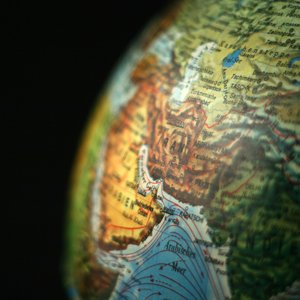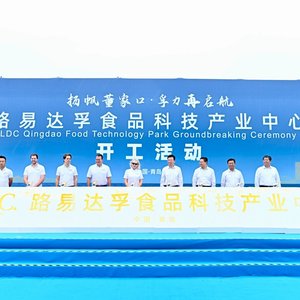Commercial aquaculture production of yellowtail kingfish (Seriola lalandi) is one of the most rapidly growing aquaculture sector in Australia. As a carnivorous fish, long-chain n-3 polyunsaturated fatty acids (LC n-3 PUFA) are essential. Understanding optimal dietary LC n-3 PUFA levels for aquaculture species is vital to sustainably and economically utilize fish oil, but the optimum dietary level for this species is unknown.
Australian researchers, together with Skretting, tested graded levels of dietary fish oil, using poultry oil as the replacement, to determine the practical optimal dietary LC n-3 PUFA levels. Eight diets were formulated to contain graded dietary LC n-3 PUFA levels that ranged from 0.753 to 2.950 g 100 g−1. Growth, feed efficiency and health of fish (2.67 kg) were evaluated.
Based on the SGR, the optimal level of LC n-3 PUFA was 2.12 g 100 g−1. This equated to a LC n-3 PUFA daily intake of 191 mg kg−1 d−1. There was no improvement in SGR by increasing LC n-3 PUFA levels above 2.39 g 100 g−1.
The FCR improved as dietary LC n-3 PUFA levels increased from 0.75 to 2.14 g 100 g−1. Based on the FCR, the optimal level of LC n-3 PUFA was 2.26 g 100 g−1. This equated to a LC n-3 PUFA daily intake of 203 mg kg−1 d−1.
Apart from minor alterations to hindgut villus branching, LC n-3 PUFA level had no significant impacts on hind or midgut histology. Researchers estimated that based on SGR and FCR response variables, the optimal dietary level of LC n-3 PUFA for large yellowtail kingfish is between 2.12 and 2.26 g 100 g−1.
Check out the study here.













